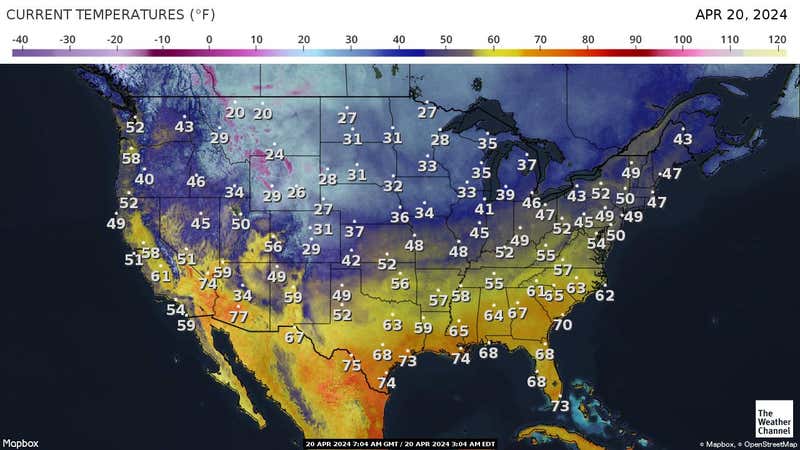
[ Hardy Palms In Temperate Zones Board ]

. . . . . . . . . . . . . . . . . . . . . . . 28 Years  Join the discussions, no logins or passwords needed, ever.
Join the discussions, no logins or passwords needed, ever.
In My Garden Today
Posted by Alvin in Motown, z6 on September 25, 2025, 9:33 pm
|
Re: In My Garden Today
Posted by Jason Western PA on September 30, 2025, 7:20 pm, in reply to "In My Garden Today"
|
Re: In My Garden Today
Posted by Alvin, z6 on September 30, 2025, 10:40 pm, in reply to "Re: In My Garden Today"
|
| 97 |
 Welcome to the forum.
Contact: hardypalmsintemperatezones@gmail.com
Visitors are urged to post any information pertinent to plants, weather, or topics related to either. Off-topic posts, Spam posting, "inflammatory posts" and advertisements are subject to removal at the discretion of the moderators.
NEW FEATURE FOR LOADING PHOTOS IN YOUR MESSAGES: The HARDY PALMS IN TEMPERANT ZONES has a great new feature when adding photos into your message body. As of May 2010 , You can now add photos in your message body straight from your computer files and we recommend Imgbb found in the message body form. * Your certainly welcome to transfer photos from your Photo Albums located in on-line Photo Albums like Imgur, Photobucket or others.
.
.
* If you have an address for the photo, you can use html language to post a photo. example:
<
img
(space)
src
=
"
(photo address)
"
>
leave no spaces except between img and src.
all html language must be used <=" ect. (tightly)
.
.
.
The address of the photo must fit between the " " tightly
.
.
.
* If anyone has any issues with this forum at any time, please feel free to let me know. Thank you. Barry z7b Mississippi - moderator
* hardypalmsintemperatezones@gmail.com
.
.
.
Welcome to the forum.
Contact: hardypalmsintemperatezones@gmail.com
Visitors are urged to post any information pertinent to plants, weather, or topics related to either. Off-topic posts, Spam posting, "inflammatory posts" and advertisements are subject to removal at the discretion of the moderators.
NEW FEATURE FOR LOADING PHOTOS IN YOUR MESSAGES: The HARDY PALMS IN TEMPERANT ZONES has a great new feature when adding photos into your message body. As of May 2010 , You can now add photos in your message body straight from your computer files and we recommend Imgbb found in the message body form. * Your certainly welcome to transfer photos from your Photo Albums located in on-line Photo Albums like Imgur, Photobucket or others.
.
.
* If you have an address for the photo, you can use html language to post a photo. example:
<
img
(space)
src
=
"
(photo address)
"
>
leave no spaces except between img and src.
all html language must be used <=" ect. (tightly)
.
.
.
The address of the photo must fit between the " " tightly
.
.
.
* If anyone has any issues with this forum at any time, please feel free to let me know. Thank you. Barry z7b Mississippi - moderator
* hardypalmsintemperatezones@gmail.com
.
.
.